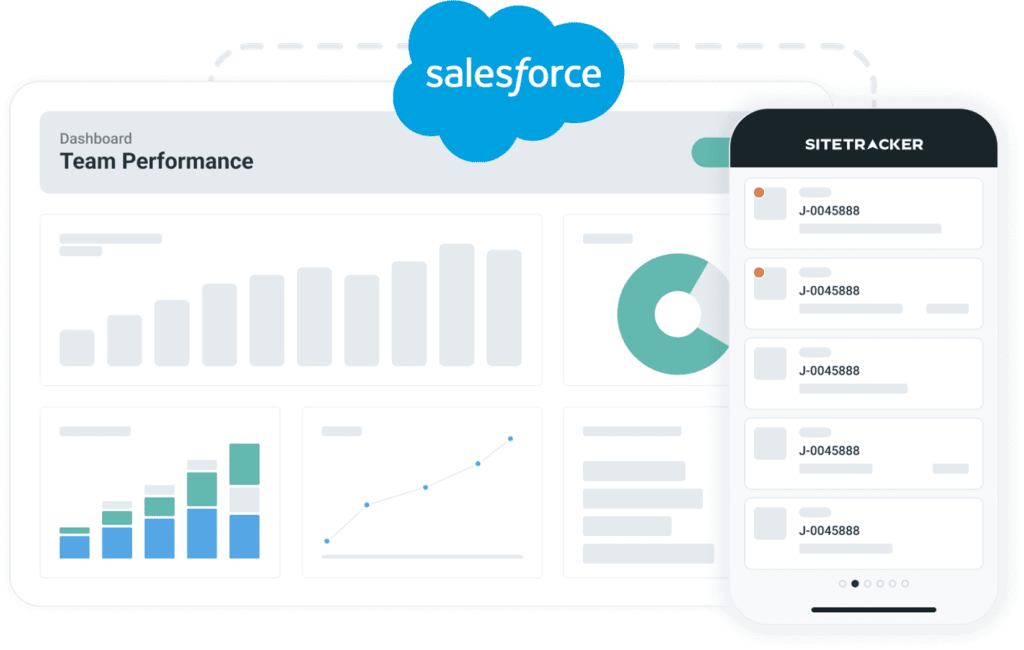In today’s B2B landscape, managing inventory across multiple locations can be a logistical nightmare. Salesforce B2B Commerce comes to the rescue with its Distributed Inventory Management feature, a powerful tool that empowers you to gain real-time visibility and control over your stock levels across warehouses, distribution centers, or retail stores. This blog dives into the functionalities of Distributed Inventory Management and demonstrates how it can transform your B2B inventory management strategy.
The Challenge of Multi-Location Inventory
Managing inventory across multiple locations presents unique challenges:
- Inaccurate Stock Visibility: Without a centralized system, it’s difficult to maintain accurate stock levels at each location, potentially leading to stockouts or overstocking.
- Inefficient Order Fulfillment: Unclear visibility into inventory location can lead to delays in order fulfillment, impacting customer satisfaction.
- Increased Operational Costs: Inefficient inventory management can result in unnecessary storage costs and wasted resources.
Distributed Inventory Management: Your B2B Inventory Ally
Salesforce B2B Commerce Distributed Inventory Management tackles these challenges head-on:
- Real-Time Inventory Visibility: Gain a centralized view of your inventory across all locations, ensuring accurate stock levels and informed decision-making. ([invalid URL removed])
- Allocation and Reservation: Allocate and reserve inventory from specific locations based on order requirements, optimizing fulfillment efficiency.
- Automated Replenishment: Set up automated reordering triggers based on pre-defined thresholds, ensuring you have the right inventory in the right place at the right time.
Beyond the Basics: Optimizing Your Inventory Management
Distributed Inventory Management offers functionalities beyond basic location tracking:
- Order Fulfillment from Nearest Location: Fulfill orders from the location closest to the customer, reducing shipping times and costs. This feature is particularly beneficial for businesses with geographically dispersed customers.
- Inventory Forecasting: Leverage historical sales data and trends to forecast future demand, allowing you to proactively manage inventory levels and avoid stockouts.
- Integration with Warehouse Management Systems (WMS): Integrate B2B Commerce with your WMS for a seamless flow of inventory data, streamlining warehouse operations and picking processes.
Conclusion
By leveraging the power of Salesforce B2B Commerce Distributed Inventory Management, you can transform your multi-location inventory management from a complex challenge to a strategic advantage. Real-time visibility, optimized allocation, and automated workflows empower you to fulfill orders efficiently, reduce costs, and ultimately, deliver a superior customer experience.










